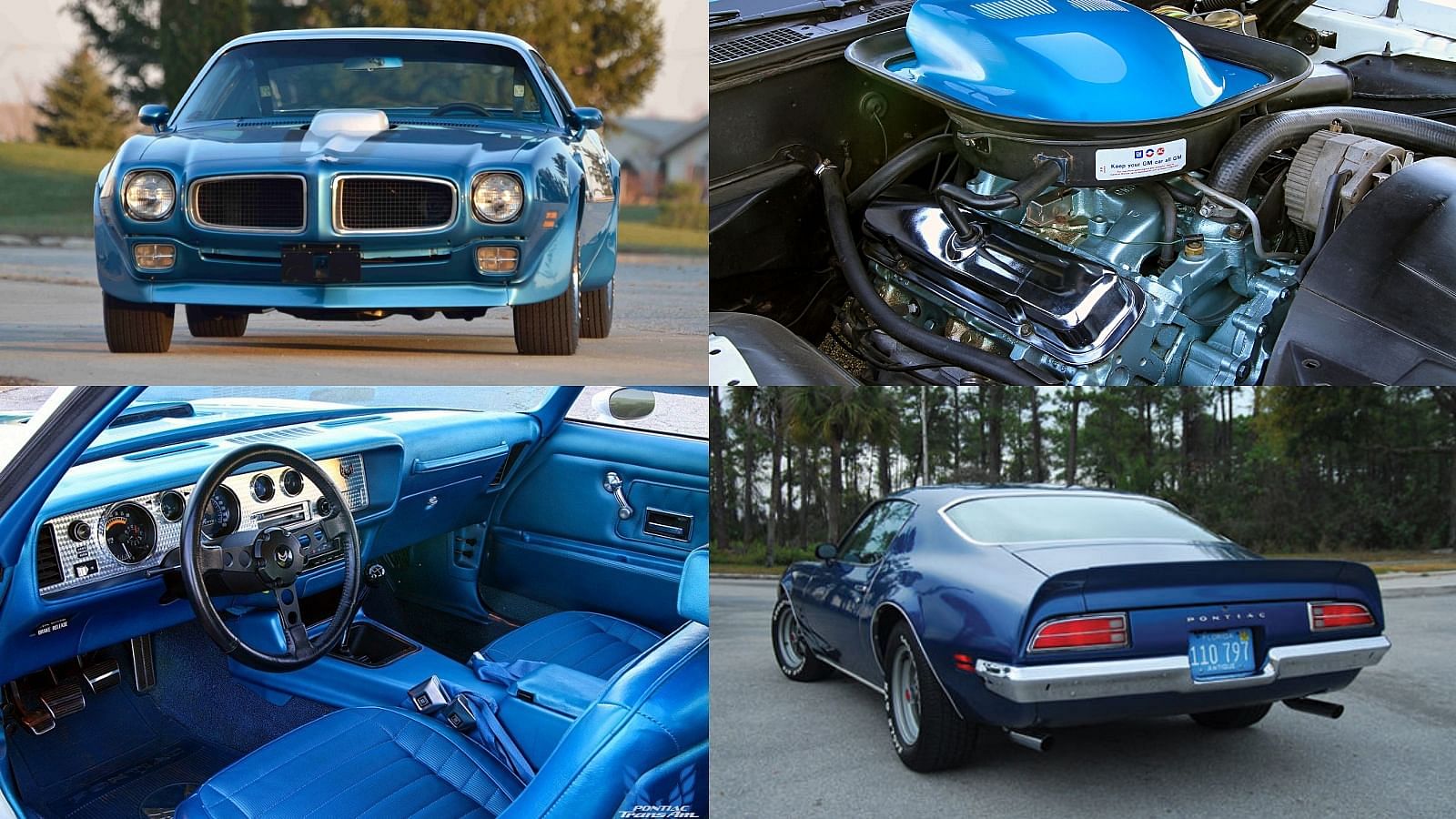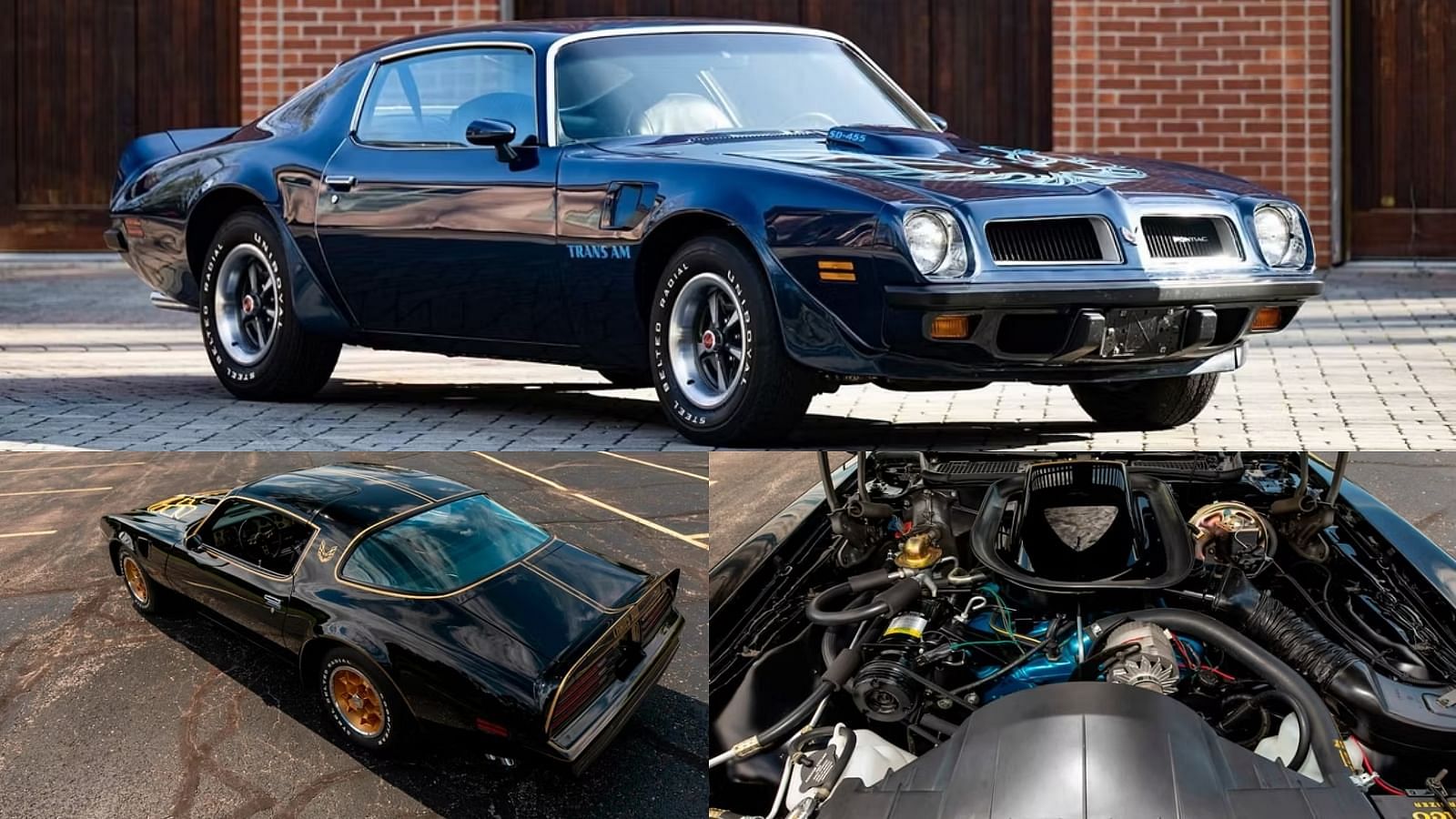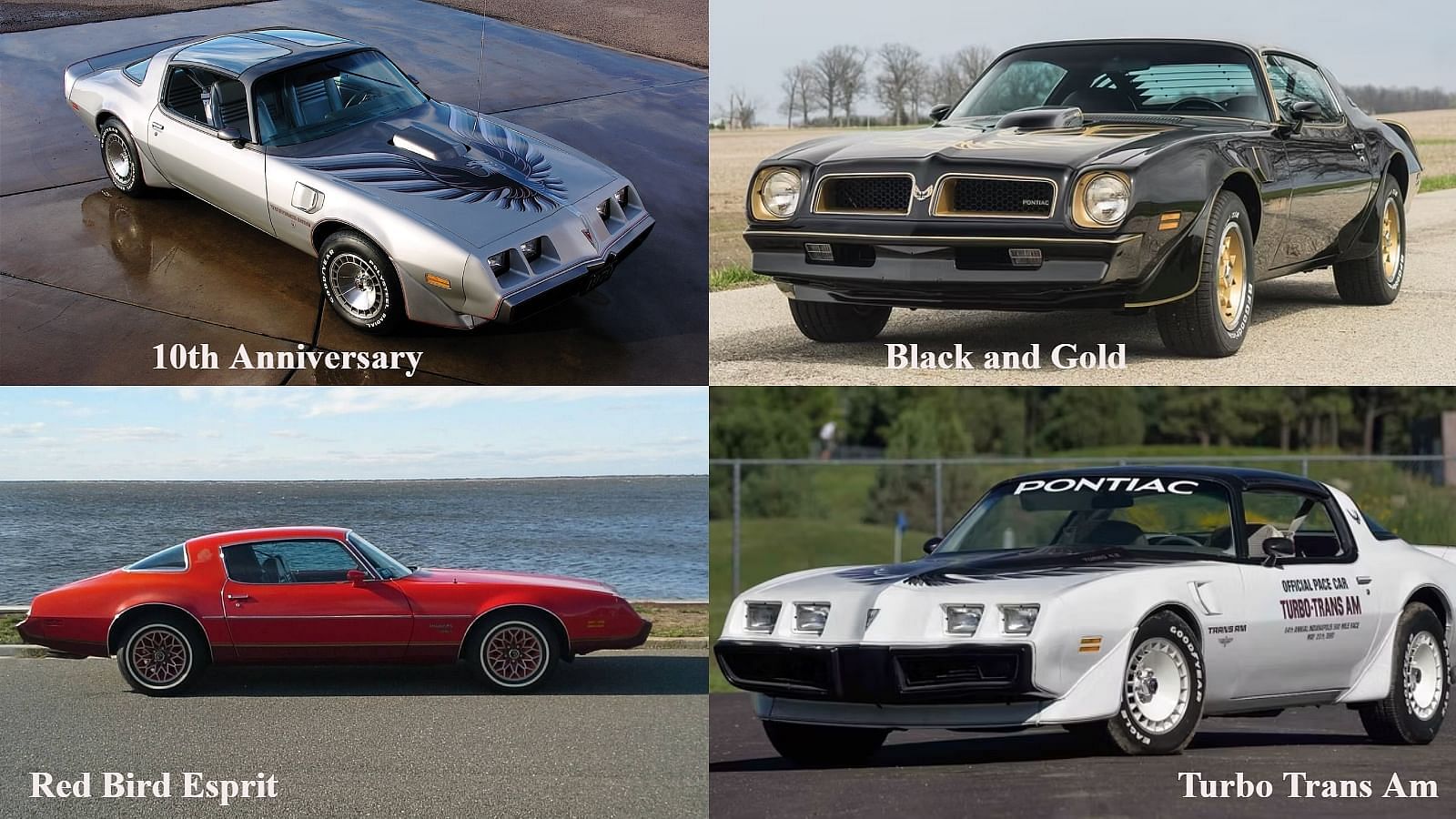Everything To Know Before Buying The Pontiac Firebird In 2023
The Pontiac Firebird’s popularity had already been quite high since its first generation, which started in 1967. However, its fame skyrocketed with the launch of its second generation in 1970. Today’s teens might not be too familiar with the brand, but Pontiac used to own the market for muscle cars in its prime, and the models hardly had any match in the market.
Published July 31, 2024

The Pontiac Firebird first entered the market with a coupe and a convertible model in 1967. The Firebird was introduced as a sister car to the Chevrolet Camaro and shared many components and platforms with its counterpart.
At the same time, it had unique styling elements that set it apart. It featured a long hood, a short decklid, and a fastback roofline, giving it a sleek and sporty appearance. The front end showcased a split grille design, and the rear end had distinctive taillights.
At the end of its first generation, Pontiac introduced the Trans Am version for both. Both the Trans Am editions, especially the convertible, were very limited, but their performance showed great potential in the market. This allowed the brand to introduce four models for the second generation, and each of them was better than the others.
These models were not introduced one after the other, and the automotive market welcomed them with open arms. The total number of Firebirds sold from 1970 to 1981 was 11,79,416, which means Pontiac averaged around 98,285 sales of the models each year.
There were several variations and improvements, and multiple special editions were introduced as well. Although the Pontiac Firebird Trans Am is the most known model, all the editions had significant success.
What kind of engineering and framework does the car carry?
Pontiac had to face some issues before bringing the second generation of Firebird to market due to some engineering and spare parts issues. However, when it arrived, the biggest change to the Firebird was the absence of convertible models.
The brand introduced a total of four models: the Firebird base, the Firebird Esprit, the Firebird Formula, and finally the Firebird Trans Am. Each of these trims was only available in coupe versions, and a convertible was not available until the middle of the third generation.

The Coke Bottle design was replaced with the new Swoopy design, which still had some traditional elements from the previous iteration.
The most prominent part of the second generation was the C-pillar, but it was modified to become an enlarged rear window in 1975. The top of it was straightened to the trunk tip, which made it appear cool, and the F-type design was something that became a way of life for the firebird.
What’s special about the 1970-1976 Firebird?
The 1970 Firebird models were introduced with different engines and features to offer distinguished options for customers. The base model was equipped with a 4.1-liter inline-6 engine that could deliver 155 hp of power. The Esprit was a luxury model with a lot of features and was fitted with a 5.7L Pontiac V8 engine with 255 horsepower, the same as the Formula trim.
The Trans Am had two engine options: a 6.6-liter V8 with 335 hp and 345 hp, respectively. It was similar to the Formula trim with the addition of a shaker scoop, fender heat extractors, and fender flares.

The upgrades during 1971 and 1972 were minimal, with some tweaks in design and a few technicalities that saw the Trans Am’s engines have slightly reduced outputs. The 1973 model year saw some major cosmetic upgrades like exterior colors, larger decals, and a modernized nose, among others.
However, the main focus was on the Trans Am model, which also received a massive 7.5-liter Super Duty V8 engine with 290 to 310 hp of power output. There were a lot of changes in the exterior design, which included a shovel-nose front and wider taillights. In order to improve the safety aspects, some significant additions to the hardware increased the curb weight as well.

The Super Duty engine was discontinued in 1975, and the Trans Am had to continue with the standard 7.5-liter V8 delivering around 250 horsepower. Catalytic converters were the new addition under the vehicle, and the TurboHydramatic 350 automatic seemed to have a more fitting power output. In 1976, the Pontiac Firebird came with a sleeker design focusing more on safety standards.
The Honeycomb wheels had their last dance alongside the 7.5L V8, and the 4-speed manual was available for the Trans Am only. The W50 appearance package for the Formula trim saw a lot of attention in the market.
What changes did Pontiac bring to the Firebird from 1977-1981?
The Pontiac Firebird received a lot of changes for all the models, and almost all the engines were replaced with smaller ones to cope with the emission norms. There were four rectangular headlamps on the new facelift, and shaker scoops with a low profile and off-center were introduced.
The inclusion of snowflake wheels and Rally II wheels for all the models was well appreciated. Several special edition packages were also made available, and the most notable among them are the Sky Bird, Red Bird, and Yellow Bird appearance packages that were dedicated to the Esprit only.
The Oldsmobile 6.6L V8 engine was one of the most successful engines, but there was also a smaller 5.7L V8 from the same house, delivering 170 hp instead of 185 hp.

However, the most potent engine, the 4.9L Turbo Pontiac V8, did not arrive until 1980, and it was accompanied by a single Rochester Quadrajet four-barrel carburetor with a hood-mounted boost gauge. It allowed the Trans Am to deliver around 210 horsepower, which was the highest in the second half of the second generation.
There were notable special editions that made the second half more special despite being from the same generation. The 10th Anniversary Trans Am (TATA) limited edition had the highest number of units with 7,500, followed by the Turbo Trans Am Indianapolis pace car limited edition with a figure of 5,700 in 1979 and 1980, respectively. The Turbo Trans Am "Daytona 500" pace car limited edition was available in a much smaller number, but it was undoubtedly popular during 1981.
Write a comment
Comments
No Comments Yet









